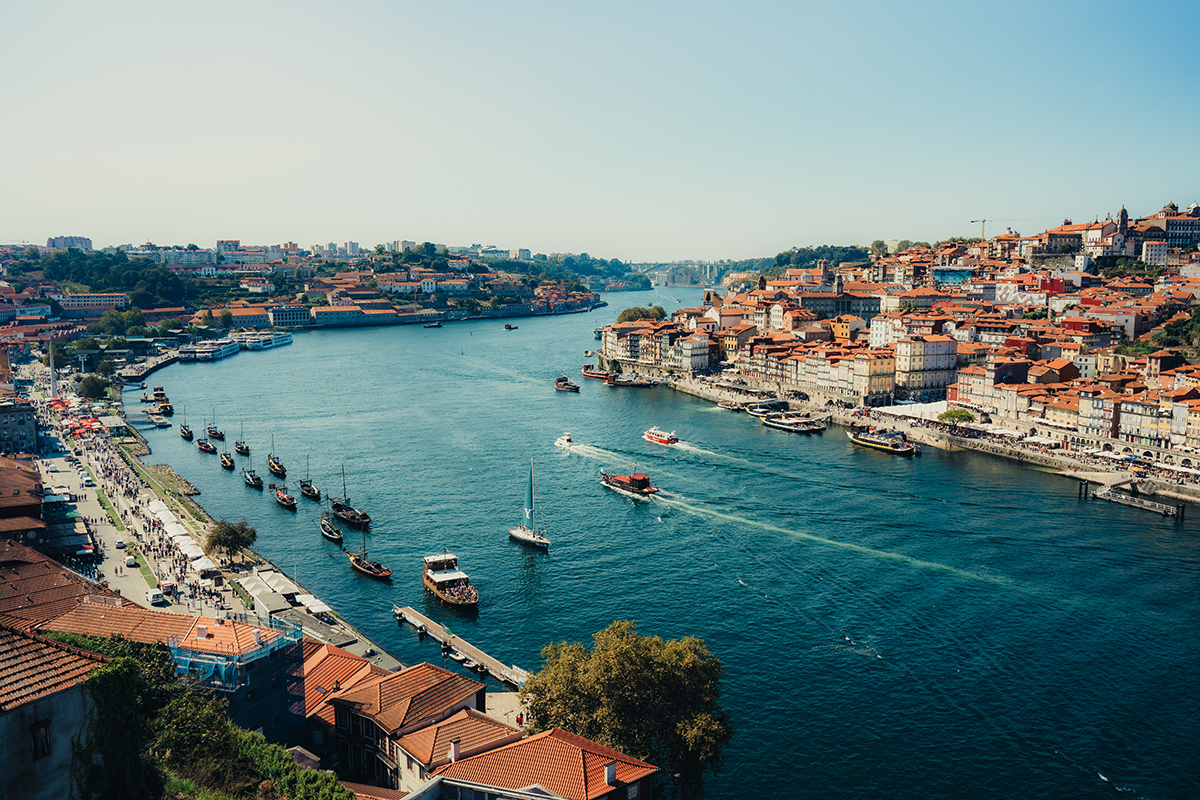
Postcards From a Pilgrimage
Dylan Dufault captures vintage-style photos from his trek along Europe’s Camino de Santiago with his Tamron 28-75mm F2.8 G2 lens.
Author: Jenn Gidman
Images: Dylan Dufault
Share Article
Dylan Dufault captures vintage-style photos from his trek along Europe’s Camino de Santiago with his Tamron 28-75mm F2.8 G2 lens.
When Vancouver native Dylan Dufault strapped on his hiking boots in September and set out with his dad on the Camino de Santiago (aka “the Way of St. James”), a network of pilgrim routes across Europe that finally converge at St. James’ tomb in northwest Spain, he had no idea about the adventures that awaited him. “I started in Lisbon, Portugal, and we sometimes walked up to 18 miles a day,” he says. “This was one of the most physically and mentally challenging hikes I’ve ever done in my life, but it was also an incredible experience I’ll never forget.”
Accompanying Dylan, who won the “Portrait” category in Tamron’s 2023 User Photo/Video Contest, on his 23-day, nearly 200-mile exodus was the Tamron 28-75mm F/2.8 Di III VXD G2 fast standard zoom lens, a versatile yet compact and lightweight lens that helped him capture everything from jaw-dropping landscape scenes to street photography to more up-close looks at some of his fellow travelers—highlighting not just the scenery but the spirit of the journey itself.
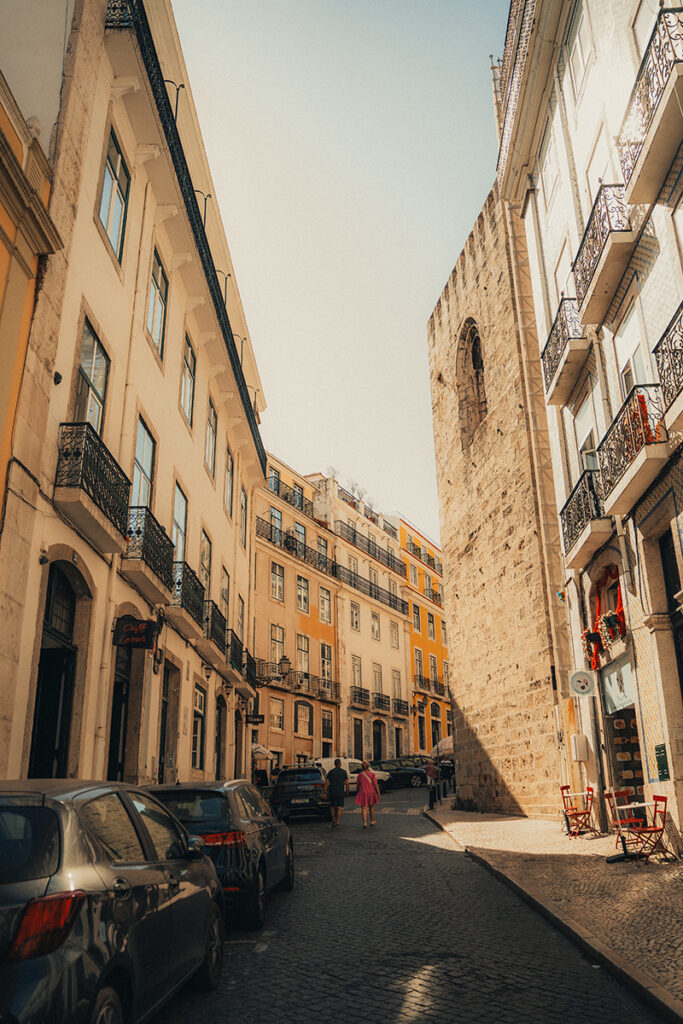
“When I approached the harbor in Porto, Portugal, with all of those boats, I was able to capture a wide-angle perspective, but I could then zoom in on the fly for a portrait of one of my walking companions,” Dylan says. “I didn’t bring a separate camera bag, but instead hooked my camera with the 28-75mm F2.8 G2 lens to my regular bag with a special clip. At only 4.6 inches long and weighing just 19 ounces, the lens proved ideal for this kind of trek. The F2.8 maximum aperture came in handy as well for the unpredictable lighting situations I encountered.”
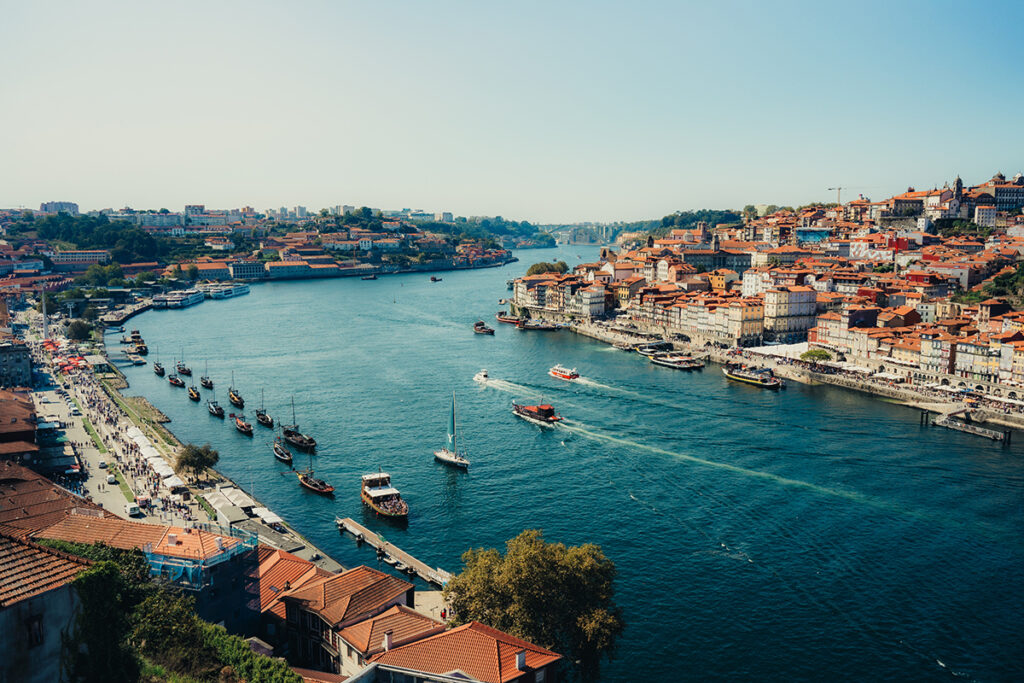

Dylan’s goal was to create a pictorial of his journey in the vein of a vintage postcard series or fading 35mm film. “I wanted these photos to feel like an old memory when you look at them,” he says. “The Tamron 28-75mm F2.8 G2 helped me compose the photos the way I wanted them, even as I focused on completing this arduous journey.”
DYLAN’S QUICK TIPS
Think like a photojournalist.
That means emphasizing storytelling and incorporating the human element when possible, not just the stunning scenery—especially on a journey like this, where there’s a lot of person-to-person interaction as you share experiences. I met people from the US, but also from London, Sweden, Poland, and many other places, and they all had incredible stories about their lives.
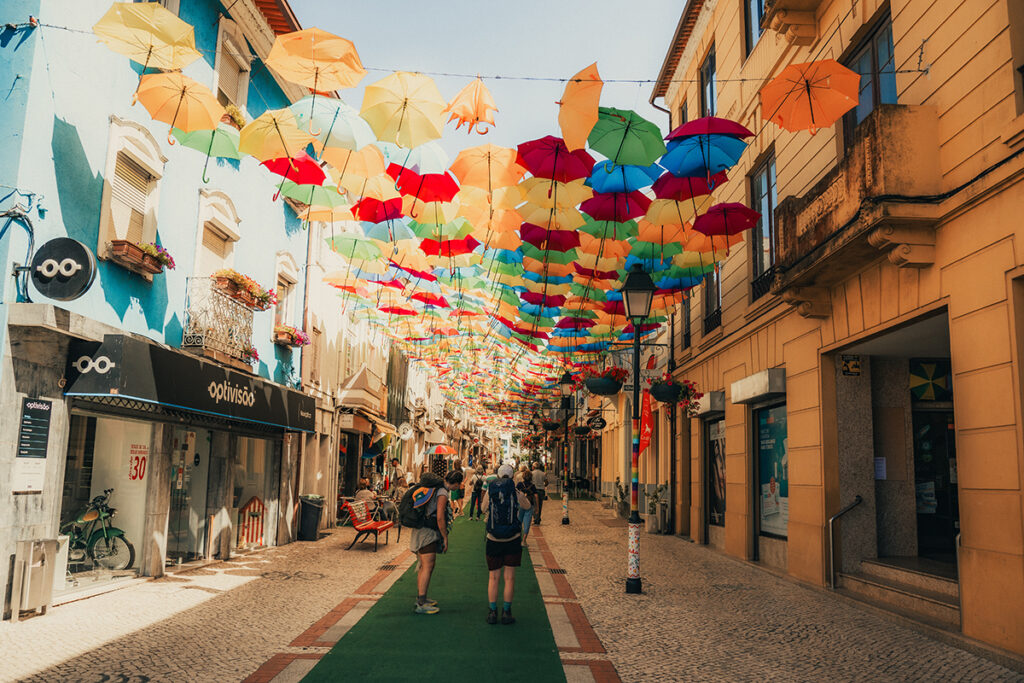
The communal bar photo, where everyone is taking a break at those outdoor tables, is a favorite of mine, because it exemplified a routine we had: We’d start our walk at 6 a.m., then arrive at a café or other eatery around 9 or 10 that morning and make a stop for some croissants and Americanos.
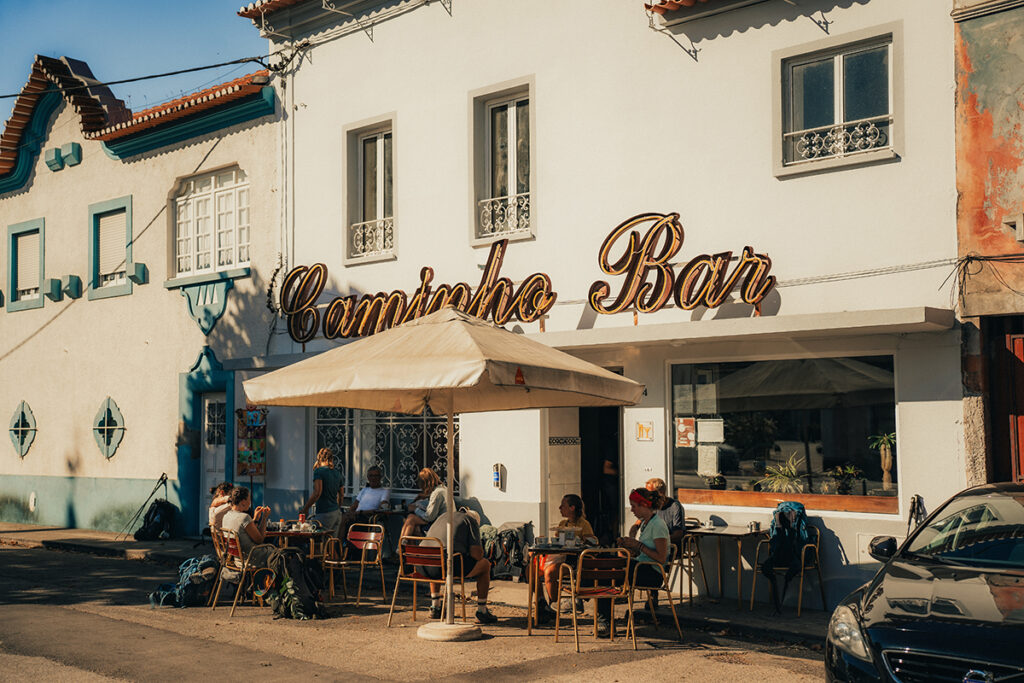
Don’t overplan.
By leaving expectations behind and embracing a more spontaneous approach, you open yourself up to surprise moments that unfold naturally. I’d traveled to Lisbon about a decade ago, so I didn’t do much research this time around. I did hit a couple of more touristy places, but in general, I simply wandered the streets in search of hidden gems—I especially love bookstores record stores, and even an unexpected trolley.

Head out early (or late) to avoid crowds.
Those times when most tourists are still waking up or winding down can offer optimal photo opps at popular sites. For that trolley in Lisbon, for instance, there are typically throngs of people milling around there, so I had to wait a bit to capture that shot. However, the photo of the bookstore I took in Porto was what I call a happy accident. I took the picture before the store opened, which offered me not only the benefit of zero crowds, but also a soft, overcast, early-morning light that adds to the overall ambience of this image.
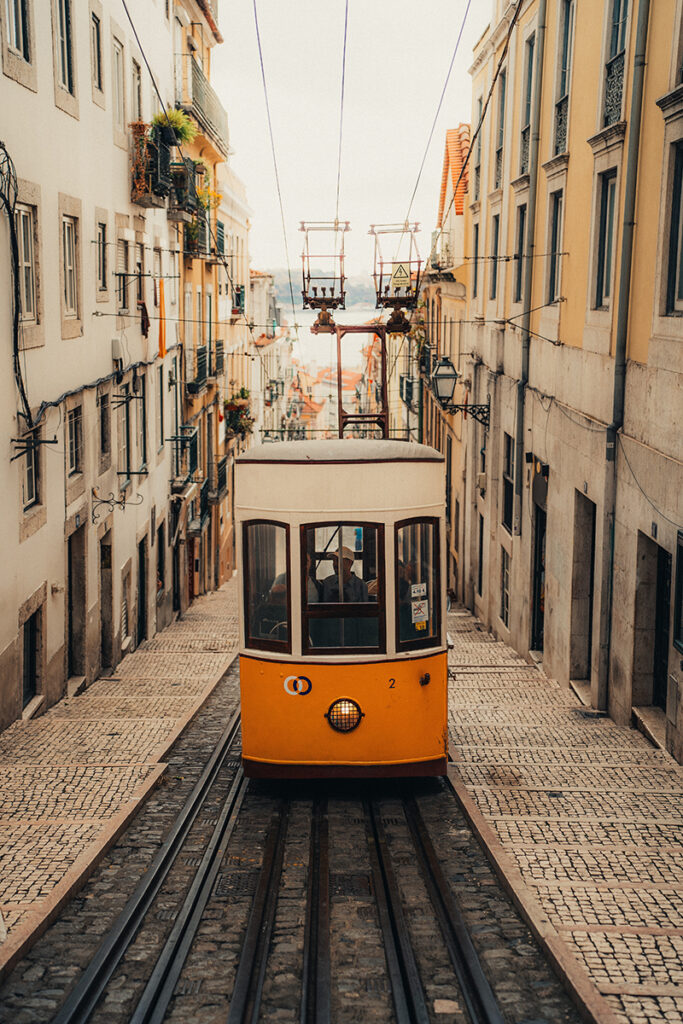
Take in the scenery without your camera.
That may sound counterintuitive to a photographer, but make sure you occasionally move your eye away from the viewfinder so you can absorb the scenes in front of you with your own eyes. I captured nearly 5,000 photos during this trek, but there were some days when I was so focused on the physical and mental part of the journey that I didn’t take as many photos, and that’s OK. You may find yourself wishing that you could capture every bit of the action, but it’s important in an immersive trip like this to also soak up what’s around you and experience it in full—all of which also makes you a better photographer!
To see more of Dylan Dufault’s work, check out his website and Instagram.

